
MAXACID/MB is an odor-free compound of mono- and diglycerides of butyric acid, which is an energy source for the intestine and has an antibacterial effect.
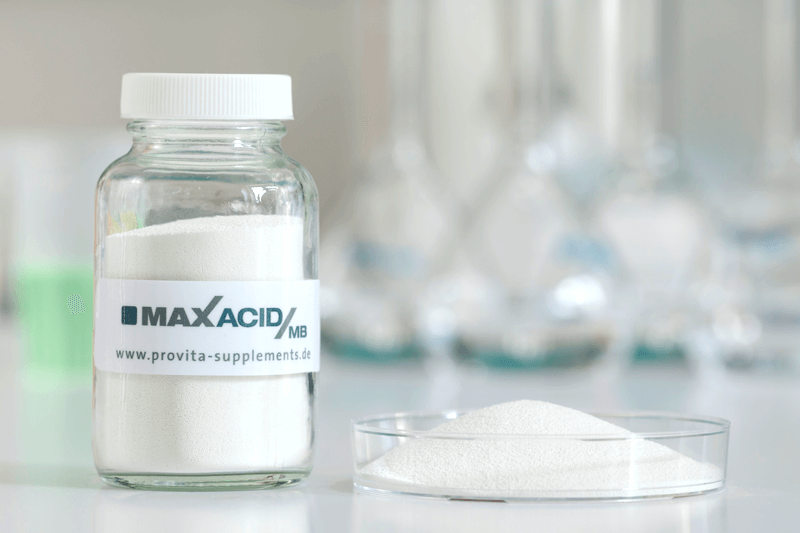

The color of products can vary.
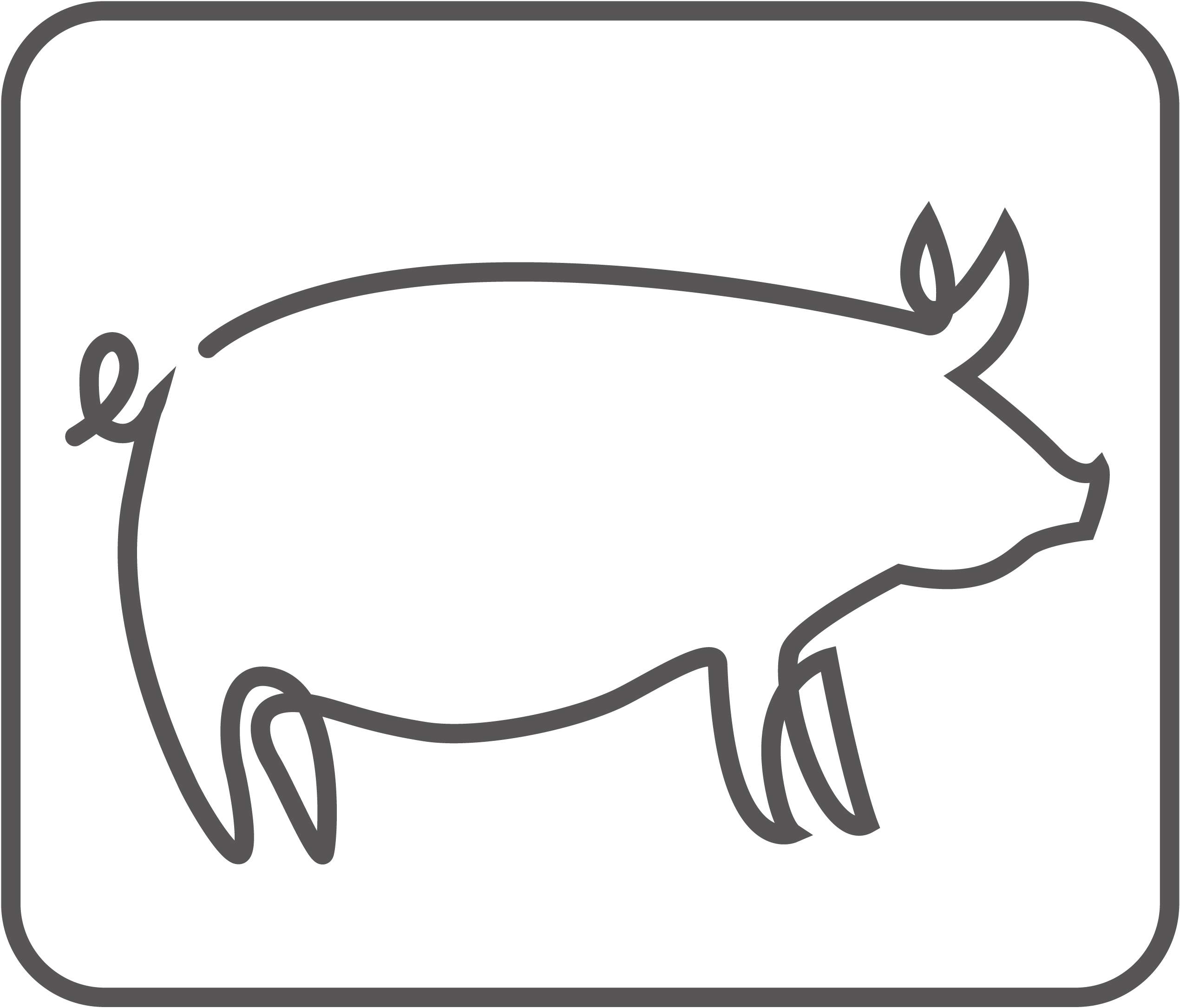
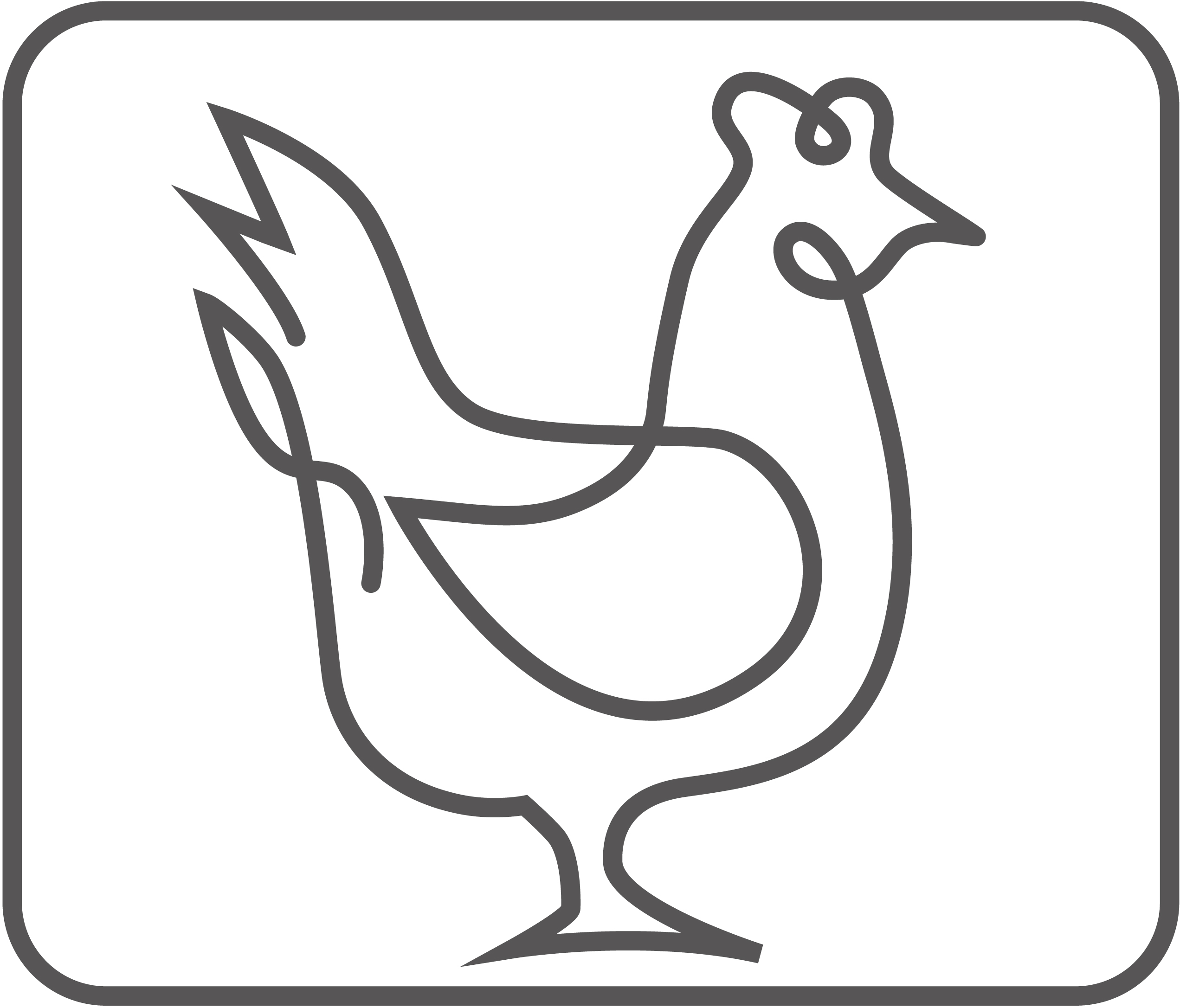
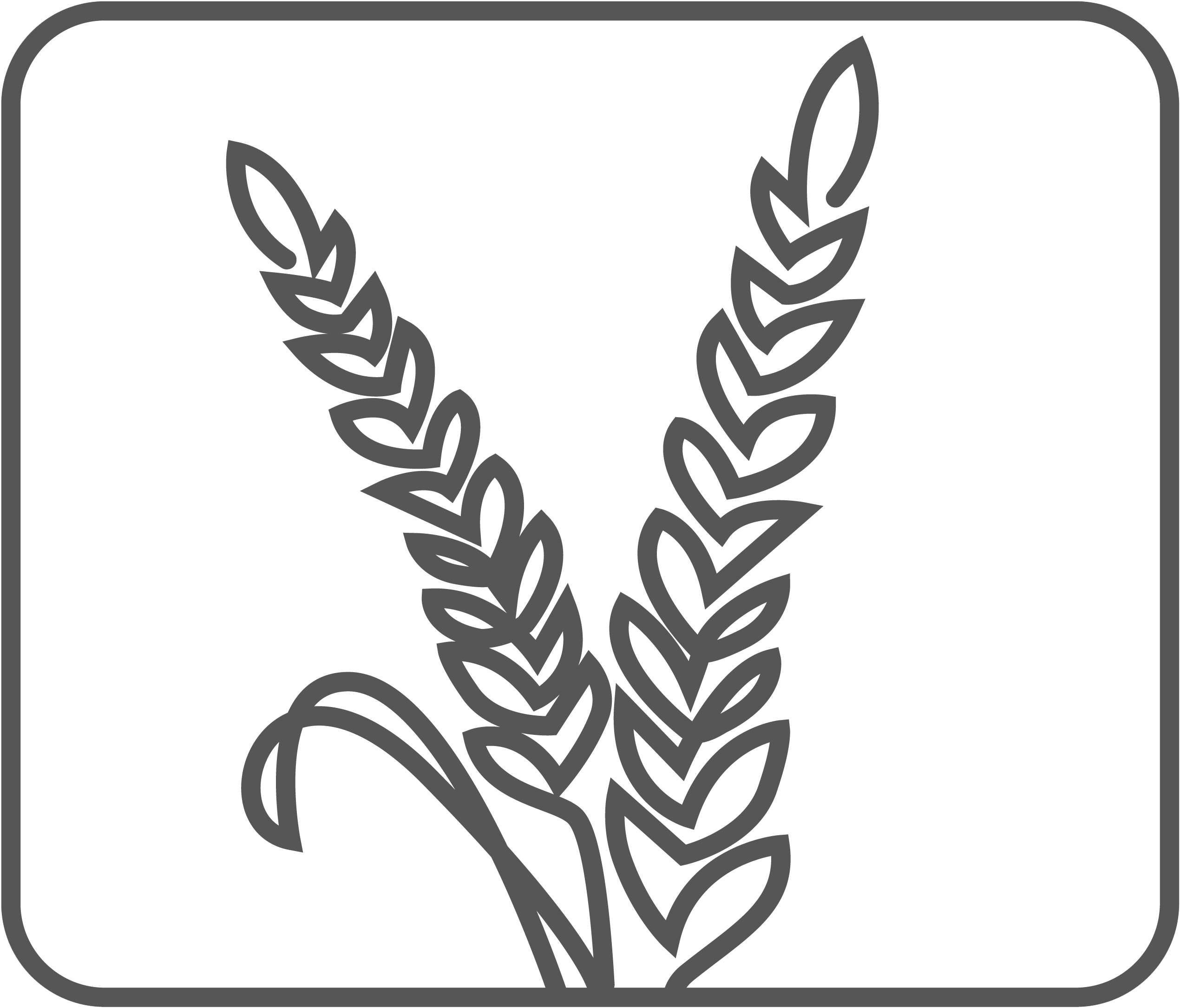
The MAXACID program offers acid mixtures for a wide range of applications in animal nutrition, feed hygiene and cereal preservation. It comprises not only classic mixtures of organic acids (formic acid, lactic acid, propionic acid), but also specialty products such as monoglycerides and monobutyrin.

MAXACID/MB is an odor-free compound of mono- and diglycerides of butyric acid, which is an energy source for the intestine and has an antibacterial effect.


MAXACID/MCM uses a compound of three esterified MCFAs: caprylic acid, capric acid and lauric acid that has shown to inhibit gram-positive clostridia and gram-negative bacteria.
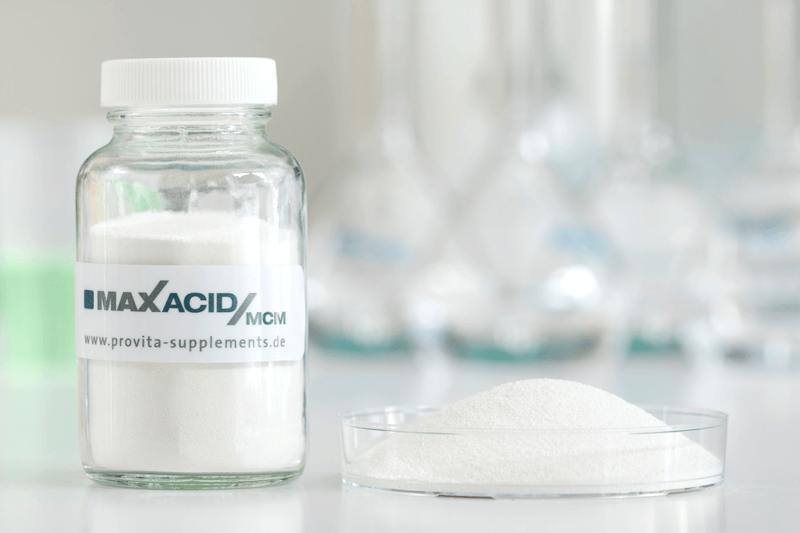

MAXACID/C-TECH is a liquid complementary feed with sodium butyrate, sodium caproate, gluconic acid and fulvic acid, which has a broad inhibitory effect against pathogens.
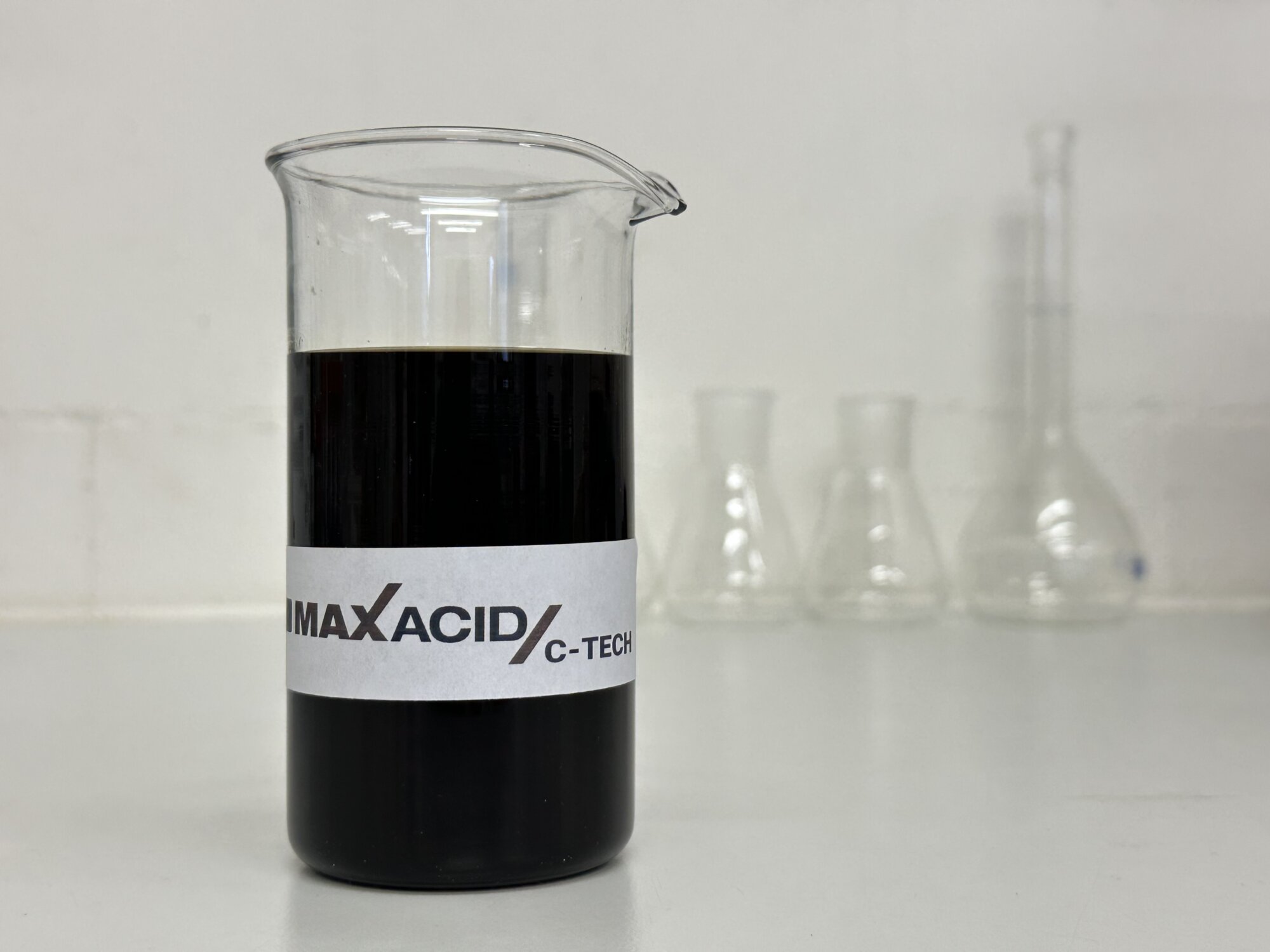
We also develop customized solutions that are tailor-made for your needs. We can combine many different organic acids, carrier substances and acid supplements.

Acids increase the barrier function in the stomach and help decrease the proliferation of enterobacteria in the small intestine and colon. The different acid combinations offered by PROVITA SUPPLEMENTS cover all the target places in an animal’s body. When used alone, a single acid may have a strong impact on specific parts of the body, such as the mouth, esophagus, and the stomach or gut. When used in combination, however, our acids deliver their full effectiveness throughout the entire animal. The table below explains the essential properties and effects of our acid combinations in pig and poultry feeding.


Monoglycerides are created when a free medium-chain fatty acid (MCFA) is bound to glycerin via esterification. MAXACID/MCM uses a compound of three esterified MCFAs: caprylic acid (C8), capric acid (C10), and lauric acid (C12). It has been shown to inhibit unwanted microorganisms, including gram-positive Clostridia and Streptococci, as well as gram-negative bacteria such as E. coli and Salmonella. MCMs are taste- and odor-neutral, which improves animal’s willingness to ingest the products. They are emulsifiable, thanks to their polarity, and they are effective even in a pH-neutral medium and when used in small amounts. Figure 1 shows the beneficial effect of MAXACID/MCM on daily live weight gain in weaned piglets. The treated piglets exhibited significantly better daily weight gains in both the first feeding phase and the overall period (0–14 and 0–42 days) compared to the control group.


MAXACID/MB is an odor-free compound of mono- and diglycerides of butyric acid (C4), which is an energy source for the intestine and has antibacterial effects. The molecule has a highly stable covalent bond, which makes the product efficacy independent of pH. Furthermore, it plays an important role in proliferating and strengthening epithelial cells. Figure 2 shows the effects of MAXACID/MB on weight gain in broiler chickens in a dose-response trial. This trial shows that broilers got off to a faster start when fed MAXACID/MB, and they maintained their weight-gain advantage through 35 days of growth.


MAXACID/C-TECH combines the sodium salts of butyric acid and caproic acid with gluconic acid and fulvic acid. With a broad inhibitory effect against pathogens (especially gram-negative bacteria such as Escherichia coli and Salmonella) and a strengthening of the positive flora in the intestine. The improvement in the intestinal flora is reflected in a higher daily weight gain (see Figure 3) and an increase in the number of Bifidobacteria (see Figure 4). As a liquid complementary feed, it is suitable for application via drinking water.

